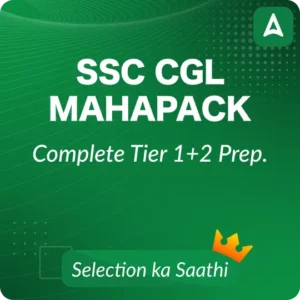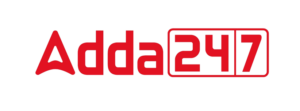Table of Contents
To perform well in the upcoming RRB Group D Exam 2025, candidates need a thorough understanding of the complete syllabus. The first stage of the selection process is the Computer-Based Test (CBT), which covers key subjects provided in the official syllabus. To help you prepare effectively and focus on the right topics, we’ve provided a detailed subject-wise breakdown of the RRB Group D Syllabus below.
RRB Group D Syllabus 2025
The Railway Recruitment Board (RRB) has initiated the RRB Group D Recruitment 2025 to fill 32,438 Level 1 posts. The selection process begins with a Computer-Based Test (CBT), serving as the initial stage to evaluate and shortlist eligible candidates for the subsequent phases of recruitment.
The syllabus for the CBT is organised into four major sections:
- Mathematics
- General Intelligence & Reasoning
- General Science
- General Awareness & Current Affairs
For effective preparation, candidates should not only know the subjects but also understand the importance and weightage of each section. A clear understanding of the syllabus helps identify key topics, create a focused study plan, and improve the chances of success in this competitive exam.
RRB Group D Syllabus- Overview
Candidates gearing up for the RRB Group D 2025 Exam should begin by carefully reviewing the syllabus, which follows the 10th-grade level. Combined with the exam pattern, the syllabus outlines the main subjects and format of the Computer-Based Test (CBT). Having a clear grasp of this information will enable aspirants to prepare strategically and stay focused, leading to improved performance.
| Railway Group D Syllabus 2025- Highlights | |
| Name of Exam | RRB Group D 2025 |
| Category | Syllabus |
| Mode of Exam |
Computer-based test
|
| Subjects | Mathematics, Reasoning, General Science, and GA & Current Affairs |
| Duration | 90 minutes (10th Standard Level) |
| No. of questions | 100 |
| Marking Scheme |
1 Mark for each question
|
| Negative Marking | ⅓rd mark |
RRB Group D Selection Stages 2025
The RRB Group D 2025 selection process consists of three stages that candidates need to be familiar with to successfully clear the exam. Below are the key phases involved in the Railway Group D recruitment drive.
- Stage 1- Computer-Based Test (CBT)
- Stage 2- Physical Efficiency Test (PET)
- Stage 3- Document Verification and Medical Test
RRB Group D Computer-Based Exam Pattern
The RRB Group D Computer-Based Test (CBT) consists of four main sections: General Intelligence & Reasoning, General Science, General Awareness & Current Affairs, and Mathematics. Candidates will have a total of 90 minutes to complete the exam.
To qualify, candidates from the UR and EWS categories must score at least 40%, whereas candidates from the OBC, SC, and ST categories need a minimum of 30%. For a subject-wise mark distribution and complete details on the qualifying requirements, candidates are advised to check the full RRB Group D Exam Pattern.
| RRB Group D CBT Exam Pattern 2025 | ||
|---|---|---|
| Sections | No. of Questions | Total Marks |
| General Intelligence and Reasoning | 30 | 30 |
| General Science | 25 | 25 |
| General Awareness & Current Affairs | 20 | 20 |
| Mathematics | 25 | 25 |
| Total | 100 | 100 |
Now, Let’s go though the subject Group D Syllabus in the following sections below!
RRB Group D Syllabus 2025: Subject-wise
This section offers a detailed overview of the subjects covered in the Railway Group D Exam Syllabus, giving candidates a clear idea of what to expect in the Computer-Based Test (CBT). A thorough understanding of the syllabus is essential for focused preparation and effective time management. Aspirants are encouraged to go through each topic carefully to build a structured and result-oriented RRB Group D study plan.
Railway Group D Syllabus for General Intelligence & Reasoning
Candidates can check the Group D Syllabus 2025 for General Intelligence and Reasoning subjects.
| RRB Group D Syllabus for General Intelligence and Reasoning | |
| Analogies, | Relationships, |
| Alphabetical and Number Series, | Syllogism |
| Coding and Decoding, | Jumbling, |
| Mathematical operations, | Venn Diagram, |
| Similarities and Differences, | Analytical Reasoning, |
| Statement – Arguments and Assumptions etc. | Classification, |
| Conclusions and Decision-making | Directions |
| Data Interpretation and Sufficiency, | |
RRB Group D General Awareness and Current Affairs Syllabus
Here we have provided the RRB Group D Syllabus for General Awareness and Current Affairs:
- General Awareness of current affairs in Science & Technology,
- Sports,
- Culture,
- Personalities,
- Economics,
- Politics and any other subject of importance
RRB Group D Syllabus for General Science
The General Science section of the RRB Group D Syllabus covers fundamental concepts from Physics, Chemistry, and Life Science (Biology), as per the Class 10 curriculum. A detailed topic-wise breakdown is given below.
| Physics | Life Sciences | Chemistry |
|
|
|
RRB Group D Maths Syllabus
The topics-wise syllabus given by the RRB Group D for mathematics is given below.
| Railway Group D Syllabus for Maths | |
| Number System | Time and Distance |
| BODMAS | Simple and Compound Interest |
| Percentages | Decimals |
| Geometry and Trigonometry | Elementary Statistics |
| Algebra | Mensuration |
| LCM (Least Common Multiple) | Profit and Loss |
| Time and Work | HCF (Highest Common Factor) |
| Calendar & Clock | Ratio and Proportion |
| Age Calculations | Pipes & Cistern |
| Square Root | Fractions |
RRB Group D Syllabus PDF Download
If you’re preparing for the RRB Group D Exam 2025, make sure to download the syllabus PDF provided on this page. It offers a detailed breakdown of the topics included in Reasoning, Mathematics, General Awareness, and General Science, along with the mark distribution for each section. Keeping the syllabus in PDF format allows for easy access at any time and helps you organize your preparation more effectively.
RRB Group D Physical Efficiency Test Criteria 2025
As mentioned earlier in the exam process, candidates who qualify in the Computer-Based Test (CBT) will move on to the Physical Efficiency Test (PET). This stage includes tasks such as running and weight lifting. The criteria for the PET vary slightly for male and female candidates, as Provided in the table below.
| RRB Group D Physical Efficiency Test Criteria 2025 For Male and Female | ||
| Criteria | Male Candidates |
Female Candidates
|
| Weight Carrying | Lift and carry 35 kg for 100 metres in 2 minutes in 1 chance |
Lift and carry 20 kg for 100 metres in 2 minutes in 1 chance
|
| Running | Run 1000 metres in 4 minutes 15 seconds in 1 chance |
Run 1000 metres in 5 minutes 40 seconds in 1 chance
|
How to Prepare for Exam with Railway Group D Syllabus?
Here are 5 effective points to cover the RRB Group D Syllabus for the exam:
- Focus on Key Subjects: Break the group D syllabus into key topics: Mathematics, General Science, General Awareness, and Reasoning.
- Prioritise High-Weightage Sections: Study in order of importance: Reasoning (30 marks) > General Science (25 marks) / Mathematics (25 marks) > General Awareness (20 marks).
- Know Your Strengths and Weaknesses: Identify your strong and weak areas to plan a preparation strategy.
- Daily Study Plan: Allocate specific time slots for each subject daily, ensuring balanced coverage and time for revision.
- Use Reliable Study materials: Refer to standard books, online resources, and the previous year’s question papers to understand the exam pattern.
- Practice Regularly: Solve mock tests, practice sets, and previous year papers to improve speed and accuracy.
- Target Weak Areas: Focus on weaker topics with dedicated practice and regular revision.
Time Management Tips for RRB Group D Exam
Managing your time well is crucial for success in the RRB Group D Exam. To achieve the best results, focus on a smart study plan that helps you use your time effectively during preparation and while taking the exam.
- Attempt 100 questions in 90 minutes – Manage time smartly; you get less than 1 minute per question.
- Practice with RRB Group D Mock Test – Simulate real exam conditions to understand ideal time per section.
- Don’t get stuck – Skip time-consuming questions and return to them later if needed.
- Use shortcuts – Learn mental math tricks and shortcut formulas for quicker solving in Maths & Reasoning.
- Set time goals for each section – For example: General Science: 15-18 minutes, Mathematics: 25-30 minutes, Reasoning: 20-25 minutes, General Awareness & Current Affairs: 15 minutes.

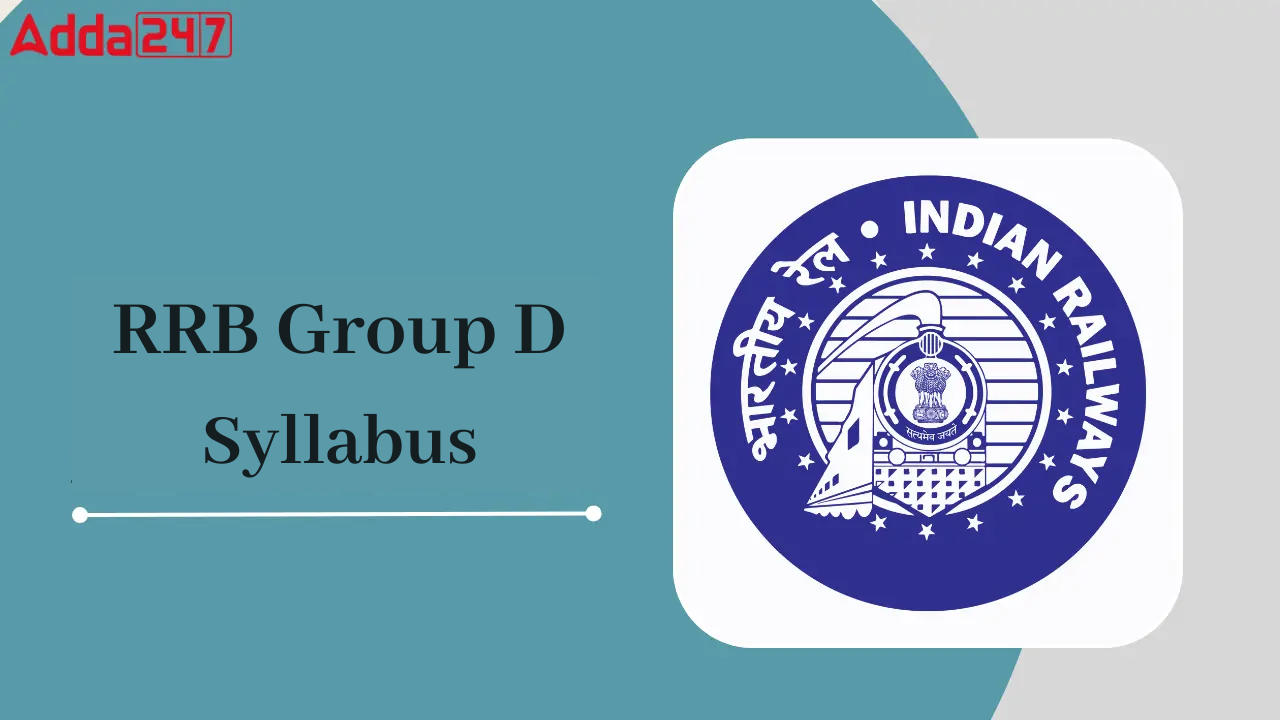


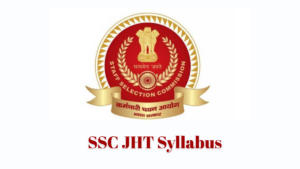 SSC JHT Syllabus 2025, Check Exam Patter...
SSC JHT Syllabus 2025, Check Exam Patter...
 IB ACIO Syllabus 2025, Exam Pattern For ...
IB ACIO Syllabus 2025, Exam Pattern For ...
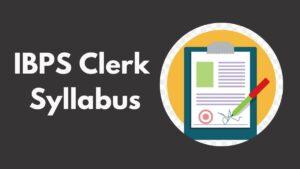 IBPS Clerk Syllabus 2025 and Revised Exa...
IBPS Clerk Syllabus 2025 and Revised Exa...

